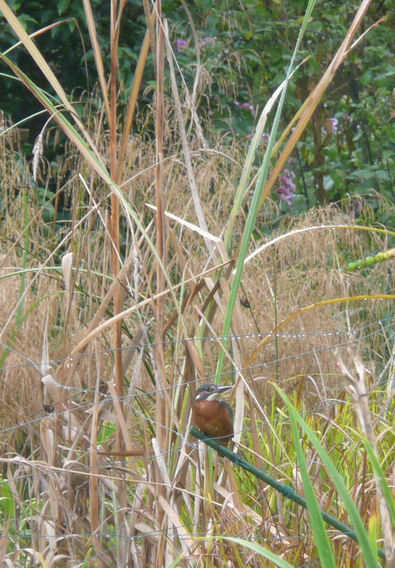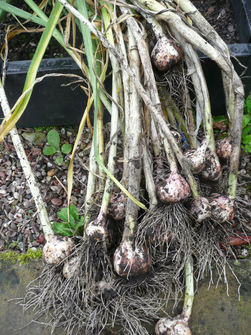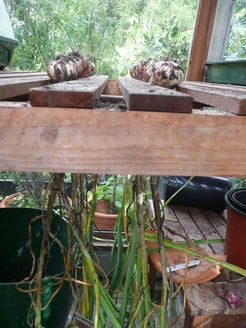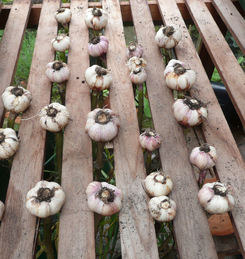Moving plants
Posted on
Now in October is a great time to move plants and work on the borders. The summer is over and there is less worry about trampling on emerging plants and new shoots as the garden is dying back and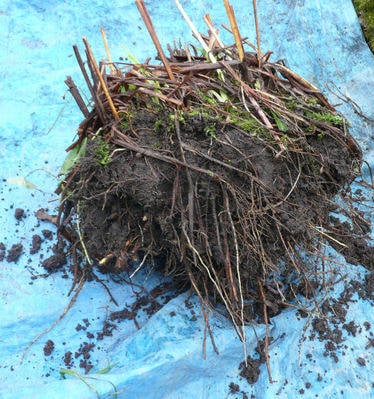 winding down for the winter. Its a suitable time to divide herbaceous perennials which can become congested over time and flower less and less. This photograph is of a Hemerocallis, Day Lily, and the roots are packed. Lifting it onto a tarpaulin gives space to attack it with a saw to break up the root and replant several pieces spaced apart. Hopefully next year it may produce more flowers.
winding down for the winter. Its a suitable time to divide herbaceous perennials which can become congested over time and flower less and less. This photograph is of a Hemerocallis, Day Lily, and the roots are packed. Lifting it onto a tarpaulin gives space to attack it with a saw to break up the root and replant several pieces spaced apart. Hopefully next year it may produce more flowers.
Hard though it is, if a plants not thriving or just the wrong plant, after looking at it all summer now is the time to be bold and dig it out either replanting or abandoning to the green bin. A white Phlox went that way this weekend and its only crime was it was too big and white was wrong in that spot which needs a strong colour. It had been there maybe 4 years but no more.

